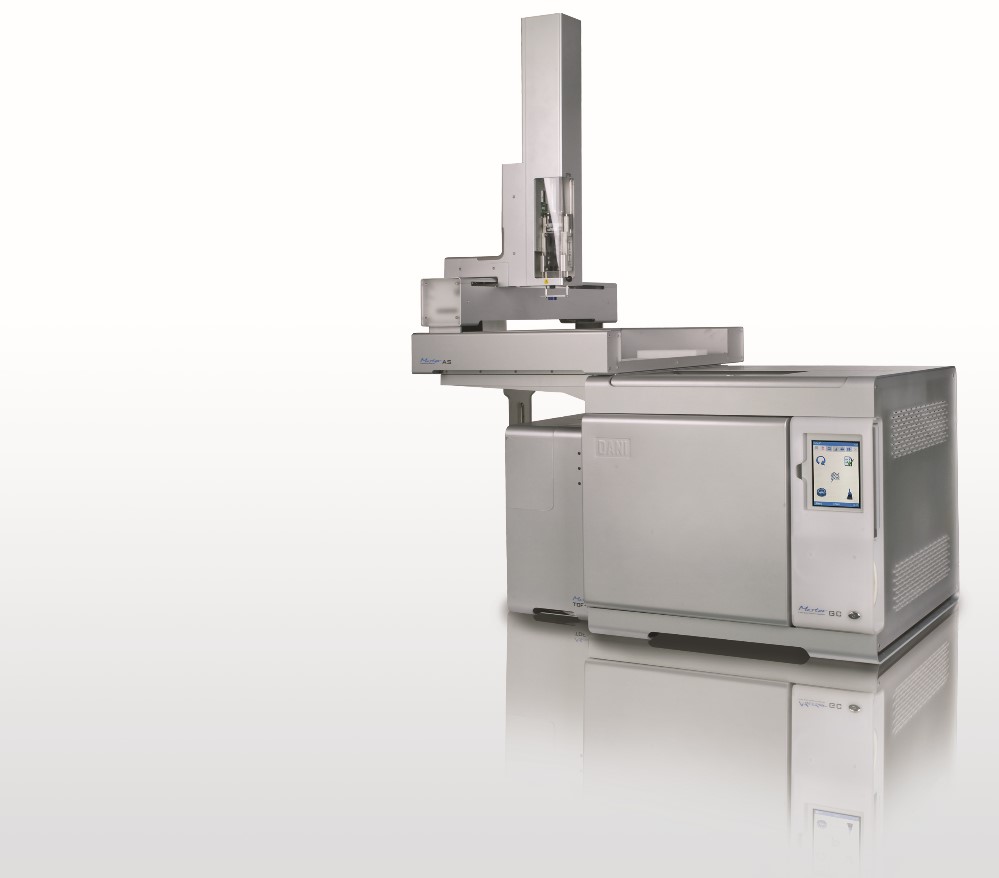Cannabis contains beside the intoxicating THC about 480 active compounds and 750 secondary metabolites that have been identified. The recognition of the many medical benefits of those substances is more and more accepted. The medical benefits include antibiotic and pain reducing effects, decreasing symptoms of epilepsy, brain strokes and chemotherapy treatments.
Cannabidiol (CBD), one of the many substances with medical benefits
While the industry is marching out of the shadows in recent years the interest is rising in analytical analysis of cannabis products. Based on the needs continuous efforts have been made to the development of improved analytical methods able to detect the most important reactive substances like different Terpenes, Cannabinoids, Aflatoxins, residual solvents, pesticides, heavy metals and microorganisms. Laboratories across the globe are developing rapidly their own methods since there are still no standardized methods available.
Liquid chromatography (HPLC) and gaseous chromatography (GC) can be implemented in order to meet most of these analytical challenges.
Table 1: HPLC detection systems for determination Cannabinoids
| Cannabinoid | Detection System |
| THC | UV VIS / DAD |
| THCa | UV VIS / DAD |
| CBD | UV VIS / DAD |
| CBDa | UV VIS / DAD |
| CBN | UV VIS / DAD |
Since the HPLC analysis doesn’t require heating of the sample analysis by HPLC is able to provide a more accurate analysis of the exact amounts of carboxylated or decarboxylated molecules present in the sample. In contrast to that GC is not able to deliver the same results especially if keeping apart the analysis of THC and THCa or CBD and CBDa is important.
The HPLC System Rigol™ L-3000 enables the analysis of most of the cannabinoids
The cutting edge specification allow the user to gain best results. The Rigol™ L-3000 shows best pump performance up to 620bar in binary or quaternary configuration and an extremely accurate UV/VIS detector with low noise and drift characteristics. Since the HPLC analysis doesn’t require heating of the sample analysis by HPLC is able to provide a more accurate analysis of the exact amounts of carboxylated or decarboxylated molecules present in the sample. In contrast to that GC is not able to deliver the same results especially if keeping apart the analysis of THC and THCa or CBD and CBDa is important.
Ensuring best performance
Terpenes, residual solvents, pesticides as well as a few cannabinoids can be analyzed by GC FID or GC FID MS TOF. The GC MS TOF enables the exact quantification of the molecules including unknown ones which are unexpected. In times of rising possibilities for new regulations being implemented the detection of whole mass spectra is a significant advantage of the MS TOF.
Furthermore the electron capture detector (ECD) is best suited to detect chlorinated pesticides at the parts-per-trillion (ppt) level. Additional to that a nitrogen phosphorous detector (NPD) can be implemented in order to detect fungicides as well.
Table 2: GC systems for determination Cannabinoids
| Substance | Detection System |
| THC, CBD, CBN | GC-FID |
| Terpenes | GC-FID Head Space Sampler GC-FID GC-FID MS TOF |
| Pesticides | GC-ECD GC-MS TOF |
| Residual Solvents | GC FID Head Space Sampler GC-MS TOF |
In order to have a complete picture the mentioned detectors can be integrated in the DANI INSTRUMENTS™ GC which is able to combine up to 3 different injectors and up to 3 different detectors. An additional advantage is that DANI™ GCs and Rigol™ HPLCs use the same state of the art CDS Clarity™. DANI INSTRUMENTS™, a Swiss Italian pioneer company in GC techniques, offers the whole range of comprehensive instrumentation in order to apply the most modern analyzing methods in the field of cannabis analysis.
DANI INSTRUMENTS™ GC TOF MS combined with a liquid autosampler
For any open questions do not hesitate to contact the local Distributor in Switzerland CONTREC AG. Our specialists will help you analyzing the most challenging samples and offer you products with an unbeatable price-performance ratio in order to meet your needs.




